
For most individuals, their “SKIN GOAL” is paramount. The attention given to the largest organ in the human body (the skin) is valid as this is often the first palpable impression of an individual’s general wellbeing. But what happens when the skin goal goes wrong? Skin lesions can be such a huge turnoff for individuals.
WHAT IS SKIN LESIONS?
A skin lesion is a part of the skin with an abnormal growth or appearance compared to its skin. Certain lesions on the skin can be key indicators of an underlying health condition. For example, Urticaria rash can be a pointer to ongoing viral illness such as Cytomegalovirus, Herpesvirus, and Epstein-Barr virus. Unfortunately, COVID-19 is not spared in this skin manifestation pattern of illnesses. With a frequency rate ranging from 0.2 to 20.4 per cent of cases, it is essential to know that COVID-19 can present with skin lesion manifestations.
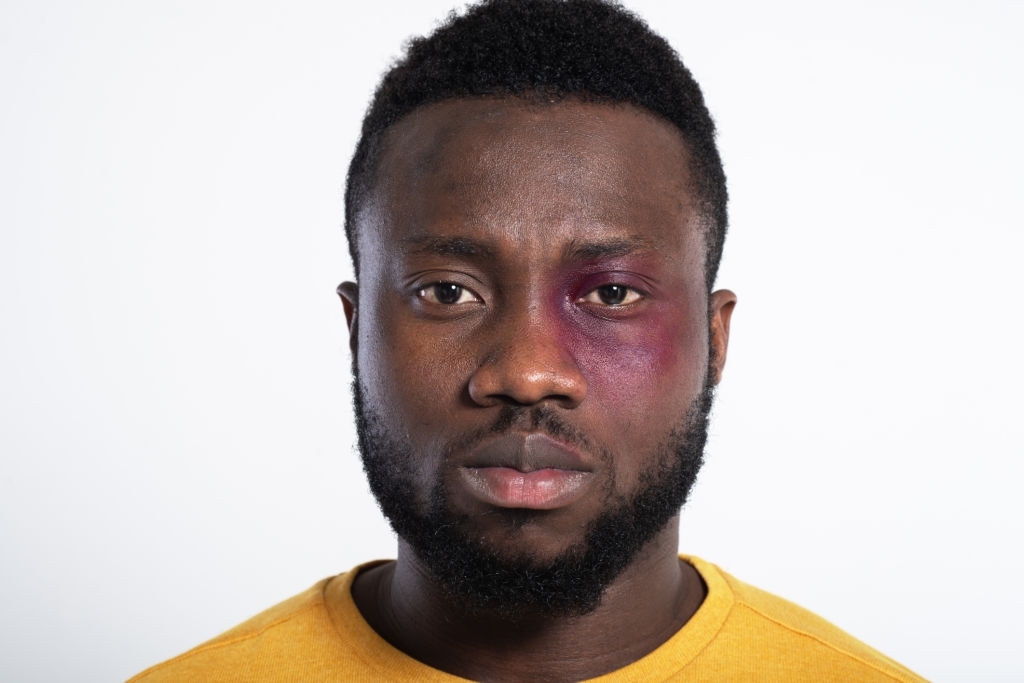
The science behind how skin lesions from COVID-19 come about is yet to be fully understood, even though COVID-19-associated skin manifestations have been increasingly reported lately. In addition, the correlation between skin manifestations of Covid-19 and disease severity also remains scientifically debatable.
Over the years, research has shown that Covid-19 skin manifestation has a gender bias of some sort as the prevalence of skin lesions is slightly higher in females than males (54 vs 46%), with the trunk, lower limb, and upper limb identified as the most involved areas.
Six skin lesions have been identified to be most associated with Covid-19 infection, they are:
- urticarial rash
- confluent erythematous/maculopapular/morbilliform rash
- papulovesicular exanthema
- chilblain-like acral pattern
- livedo reticularis
- purpuric “vasculitic” pattern
Beyond these lesions that ensue as a direct offshoot of the Covid-19 infection (as above), it is important to note that the observed skin findings may represent skin reactions to the numerous treatments used for some COVID-19 patients. In addition, long hours of Personnel Protective Equipment (PPE) use and overzealous hand hygiene (i.e., Handwashing and hand sanitizing) can also have its toll on the skin over time.
Skin injury, Friction dermatitis, and irritant contact dermatitis have been reported in most individuals, particularly healthcare workers, due to long hours of use of personal protective equipment (PPE) and hand hygiene measures.
PPE and hand hygiene Induced skin injury
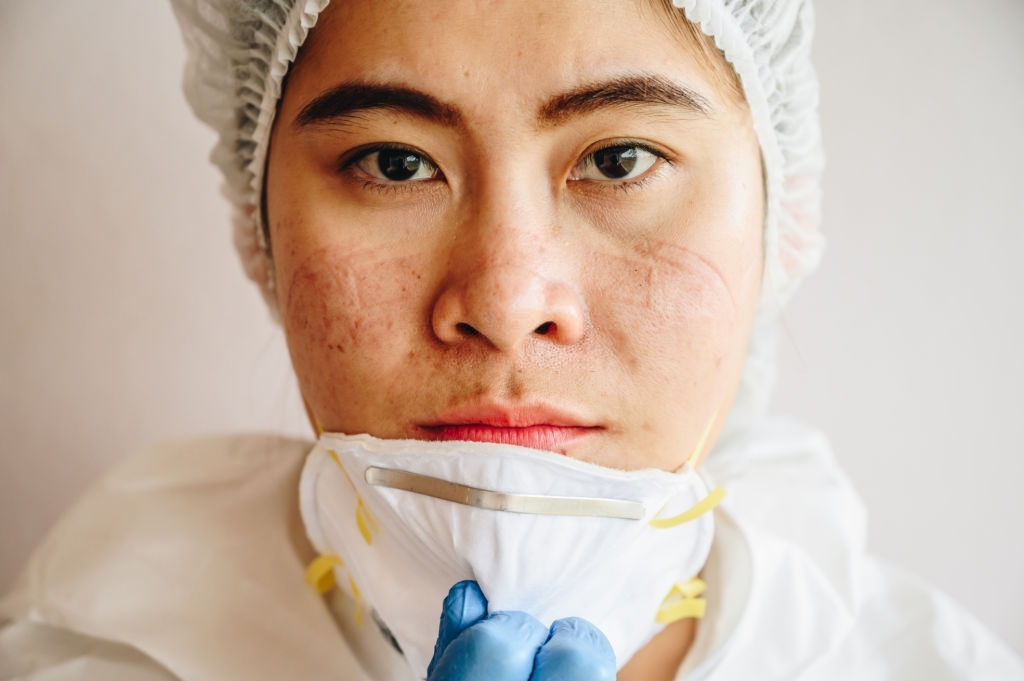
PPE -induced skin injury — Health workers taking care of COVID-19 patients are required to spend long hours wearing PPEs.
Skin injury that ensues from prolonged use of PPE is common, occurring in up to over 90 percent of health care workers. Long durations of PPE use (more than 6 hours per day) increase rates of skin damage even in individuals who are not health workers.
Masks, goggles, face shields, and gloves apply pressure, create abrasion, and retain moisture and can injure the nasal bridge, cheek, forehead, and hands. PPE-induced injuries can lead to itching and pain.
Multiple case series have reported allergic contact dermatitis due to rubber, adhesives, formaldehyde, and irritant contact dermatitis due to pressure and friction in health care workers wearing N95 or equivalent masks for >6 hours daily.
The use of barrier films or dressings at pressure points before wearing PPE may reduce these types of injuries.
Hand hygiene-induced dermatitis
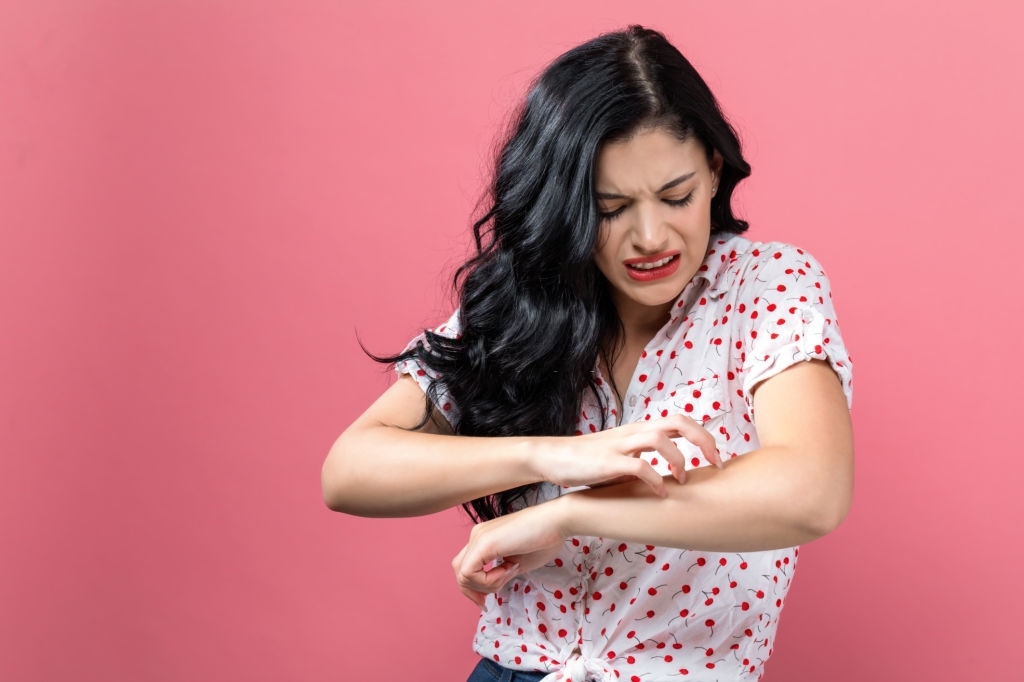
Hand hygiene is considered an essential tool employed against the COVID-19 virus. Therefore, regular Handwashing has become an integral part of our daily lives, and judicious use of hand sanitisers has become our proverbial “new normal”.
Hand eczema is common and likely to increase with higher handwashing and glove use rates during the pandemic.
The frequency of irritant contact dermatitis of the hands may be reduced by frequent usage of emollients, washing with lukewarm water instead of hot water, and usage of alcohol-based cleansers when hands are not visibly dirty.
Conclusion
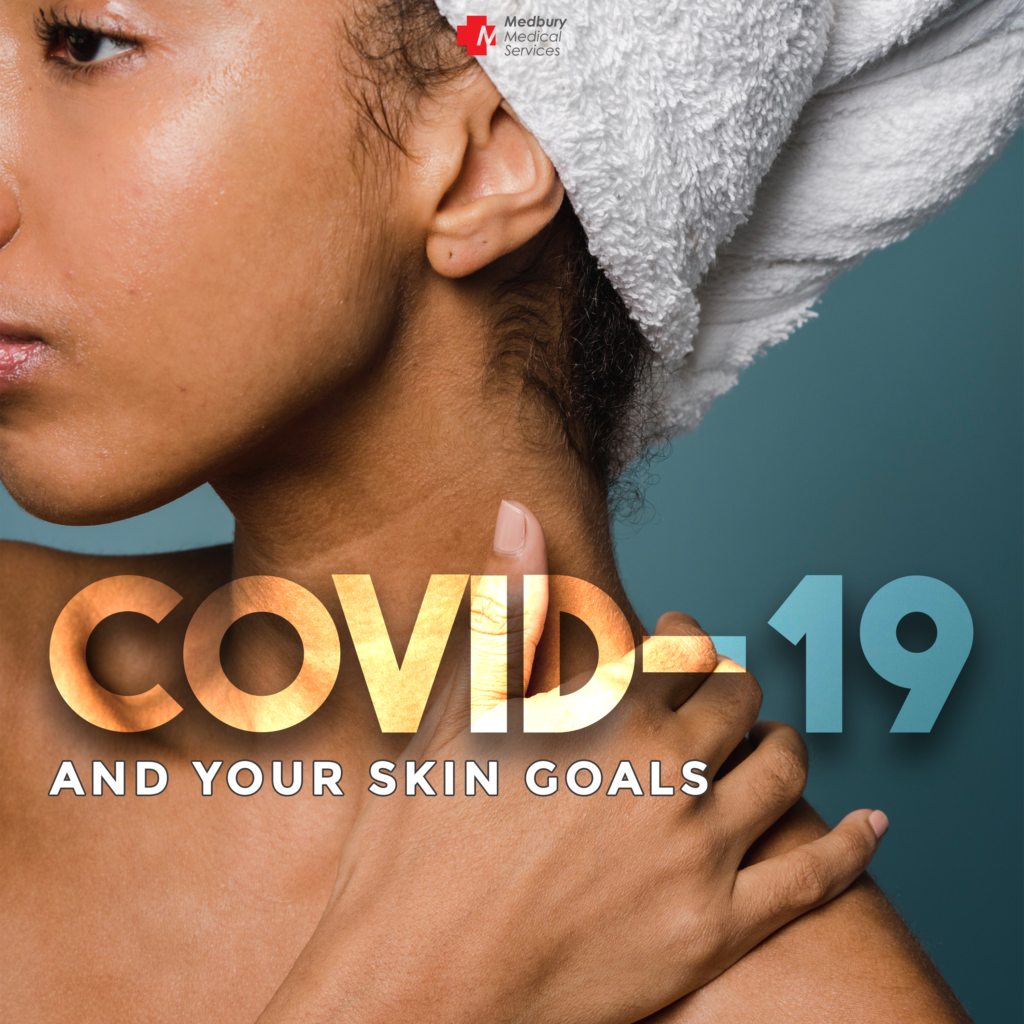
It is important to keep your skin nourished, healthy, and glowing. COVID-19 has its skin manifestation, and the preventive measures we employ daily can take their toll on the skin over time. If you encounter any of the above skin lesions, do not be alarmed; visit a health care professional (preferably a virologist or dermatologist). Do not self-medicate. Skin conditions associated with Covid-19 are usually short-lived, and in no time, your perfect glowing skin will be back to its shimmering self.
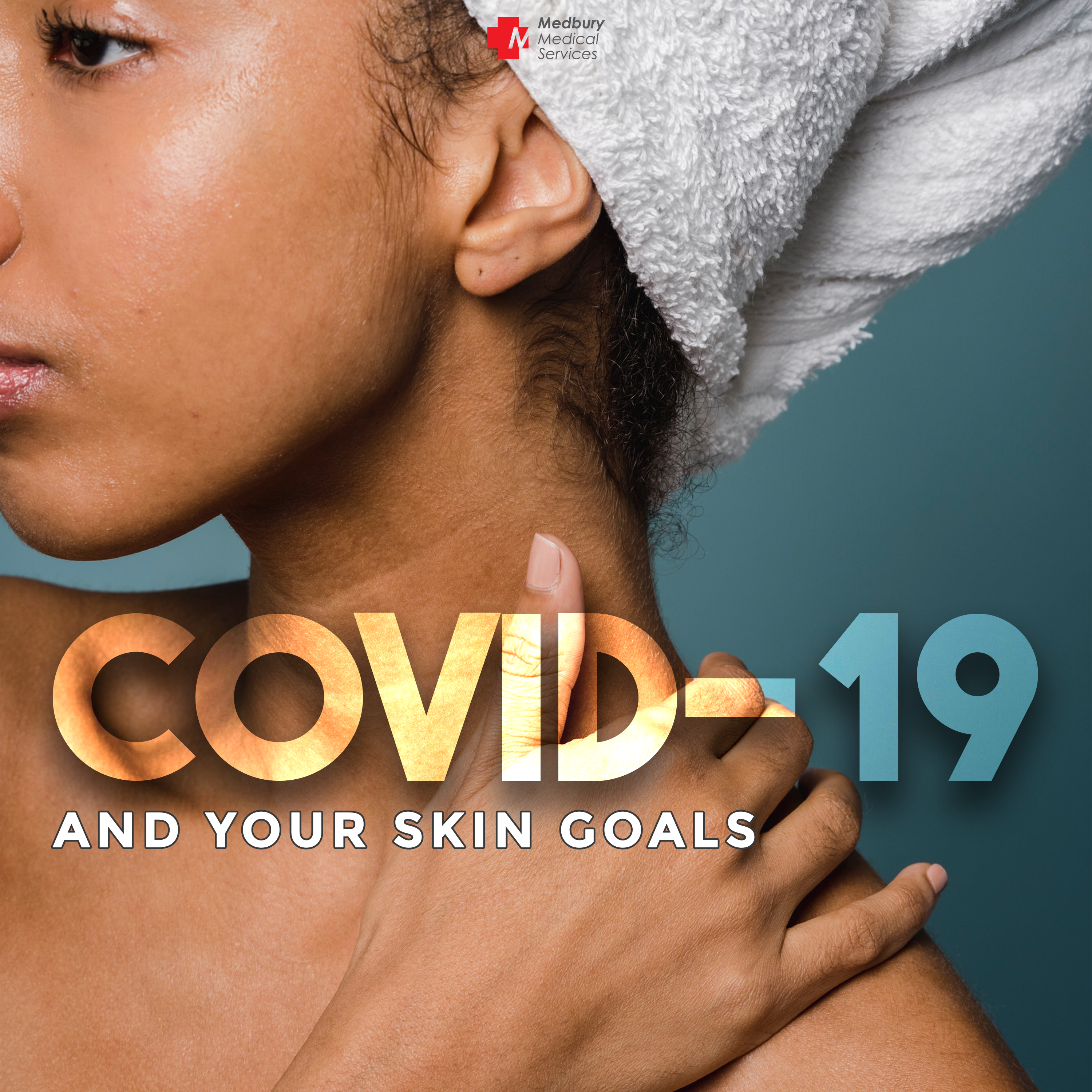

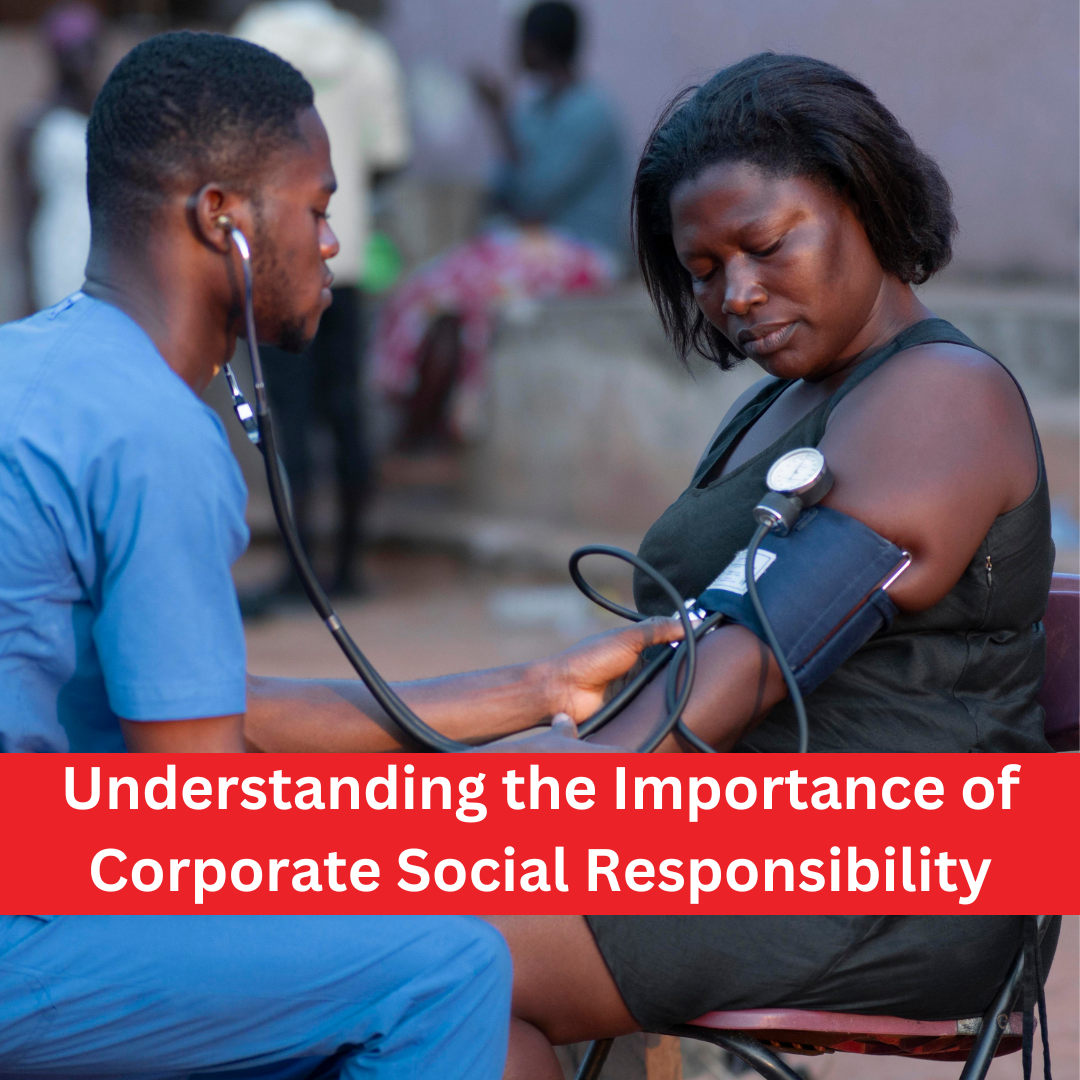
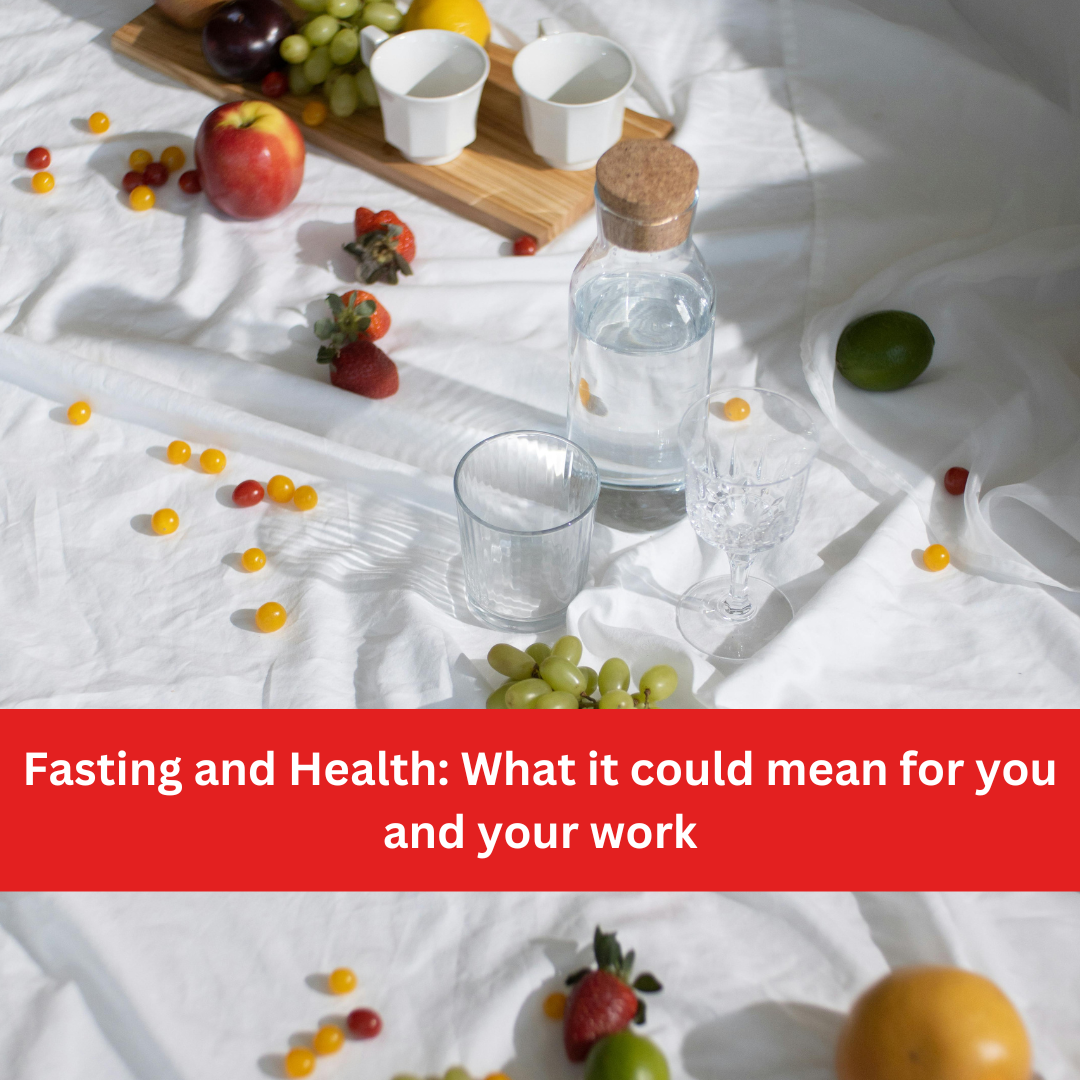


No Comments